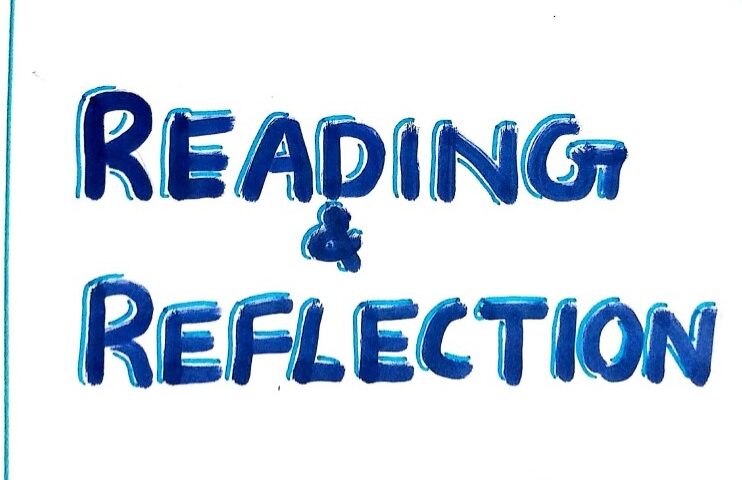- Top Quality Custom Essays
- +1 (628) 201-7932
- eprowriters01@gmail.com
Talent Development Mindset
Talent Development Mindset

Talent Development Mindset
Chapter 3. Create a Talent Development Mindset
This chapter develops four Key Understandings (p. 32). Use these to guide your reading, and review them again at the end of the chapter to check for understanding.
- Complete and score the Talent Aptitude Survey for STEM or Humanities. (Use the WORD files posted under Class Participation SESSION 4.) Complete the Survey Summary below.
Survey Summary
- My Top Talents: List talent aptitudes with both the survey questions checked OFTEN/OFTEN.)
- With opportunity, interest, and effort, I may perform at high levels in … (list aptitudes)
- My Talent Potentials: List talent aptitudes with the two survey questions marked OFTEN/SOMETIMES or SOMETIMES/SOMETIMES.
- With opportunity, interest, and effort, I may develop my potential in…
- My Goals for Growth: List talent aptitudes with survey questions marked sometimes/seldom or seldom/seldom.)
With opportunity, interest, and effort, I may discover my potential in…
2. As a teacher, it is up to you to use and model the language of talent development with students and parents in order to create a talent development culture. To learn two methods of doing this, review Table 3.1 (p. 45) and Table 3.2 (p. 48). Choose ONE of these methods and comment on the potential impact of using this with students or parents.
3. Assume the role of a school leader. How would you explain to your staff how a talent development mindset promotes equity and excellence in education?
Chapter 4. Teach the Seven Aptitudes of Innovators
This chapter develops five Key Understandings (p. 52). Use these to guide your reading, and review them again at the end of the chapter to check for understanding.
- How to Use this Chapter: “Use it as you would a reference manual…there is no need to read or work sequentially” (p. 55). You may come back to this chapter later when you are working on your Differentiated Lesson Plan and Unit Plan.
For now, focus on the following:
- Read the definitions of the seven aptitudes of innovators, Table 4.0, p. 54.
- Read the aptitude descriptions, 1 – 7 (blue boxes), and the “innovators are…” sections for each aptitude, 1 – 7.
- Read the student-directed goals, Table 4.2, p. 57.
- Choose THREE of the seven aptitudes and read the talent goal frame development process. Pay particular attention to the design features of the performances of understanding. You will be creating these in your Differentiated Lesson Plan and Unit Plan.
- Which three talent goals did you choose to read? Why?
- This chapter opened with a claim: “All seven aptitudes are worthy long-term aims for teaching and learning because they undergird the process of creative problem solving or innovation (p. 53). Are you persuaded? Why or why not?


